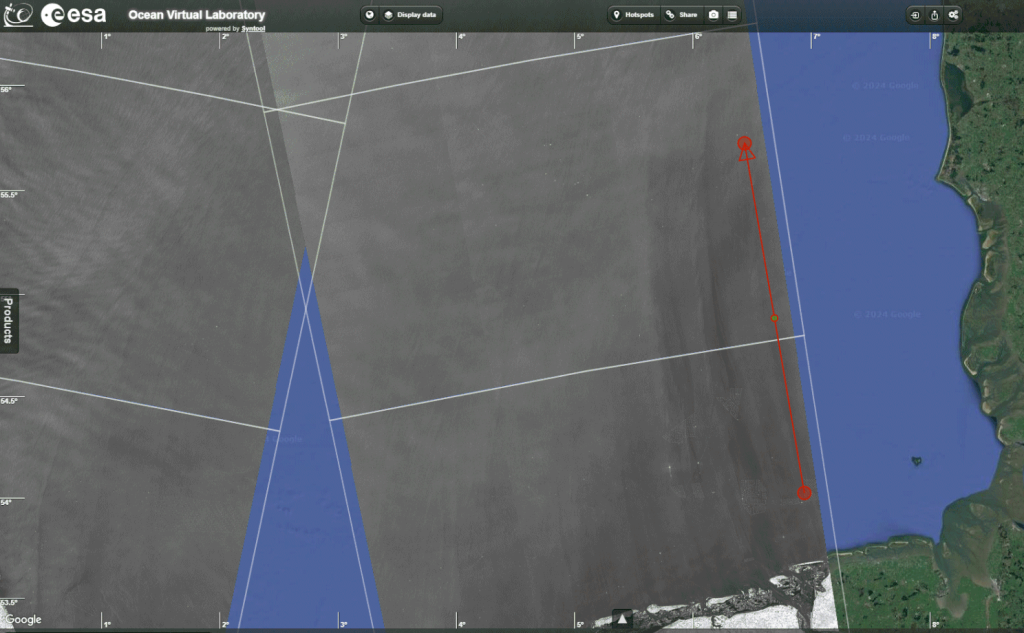This past weekend, a high-pressure system over the continent brought warm and stable airflow from the south, resulting in record-high January temperatures in Scotland at 19.5 degrees. However, it also led to the formation of extraordinary wind wakes from German offshore wind farms in the North Sea.
Captured by high-resolution satellite images on January 28th, the wind wakes were visible up to 150 kilometres downstream from the German offshore plants, particularly the cluster of German offshore farms, including Global Tech1/Hohe Sea and Borkum. These wind wakes, akin to disturbances in a river caused by a cluster of stones, extended over 150 kilometres downstream. Creating turbulence in the airflow and decreased wind speed due to shadow effects.

High-Pressure Phenomenon
The turbines from these offshore wind farms induced turbulence in a very stable atmosphere, propagating the disturbances over long distances. The phenomenon is amplified by the temperature inversion associated with the high-pressure system.
In a high-pressure system, air descends, warms up, and creates a stable atmosphere. This stable condition traps weather elements below the inversion layer. During winter, high pressure typically results in calm and cold weather, with the sun or clouds trapped beneath the inversion. Over land, this typically results in mist and smog, as pollution becomes trapped under the inversion layer at an altitude of 1000-1500 meters. On this particular Sunday, the temperature at 1500 meters was 10 degrees, while the ocean temperature remained around 5 degrees.
A snapshot from ConWX forecast at 100 meters height on that day showed a steady wind from the south between 11 and 13 m/s, potentially maximizing offshore wind farm production. However, significant fluctuations in production, ranging from 50-80%, were observed due to distributed wind flow created by neighbouring farms and onshore turbulence.

Shadow effect
While measurements downstream from the wind farms are lacking, numerical models predict substantial wakes from larger wind farms. Park owners may encounter shadow effects during stable air masses, especially when disturbances travel over large distances, as observed this past Sunday. Fino 3 measurements from the 28th of January show the fluctuations in the wind speed jumping from 9 m/s to 12 m/s in minutes.

While there are no measurements downstream from the wind farms, this can be simulated in advance using numerical models, and significant wakes can be anticipated, especially from larger wind farms. Park owners will primarily experience these shadow effects when the air mass is stable, and any blocking will extend over large distances, as observed this past Sunday.
With ongoing climate changes, we anticipate an increase in events where offshore activities influence the weather over 100 km downstream. We don’t anticipate a higher frequency of high-pressure systems; however, we foresee more persistent weather systems due to climate changes. A high-pressure system can remain stationary for weeks, and in extreme situations, even up to a month, as observed in October 2022.

ConWX simulations in our hindcast at 1000-meter resolution revealed extreme lee effects from neighbouring wind farms, which can result in a reduction of 2-3 m/s in wind speed.



